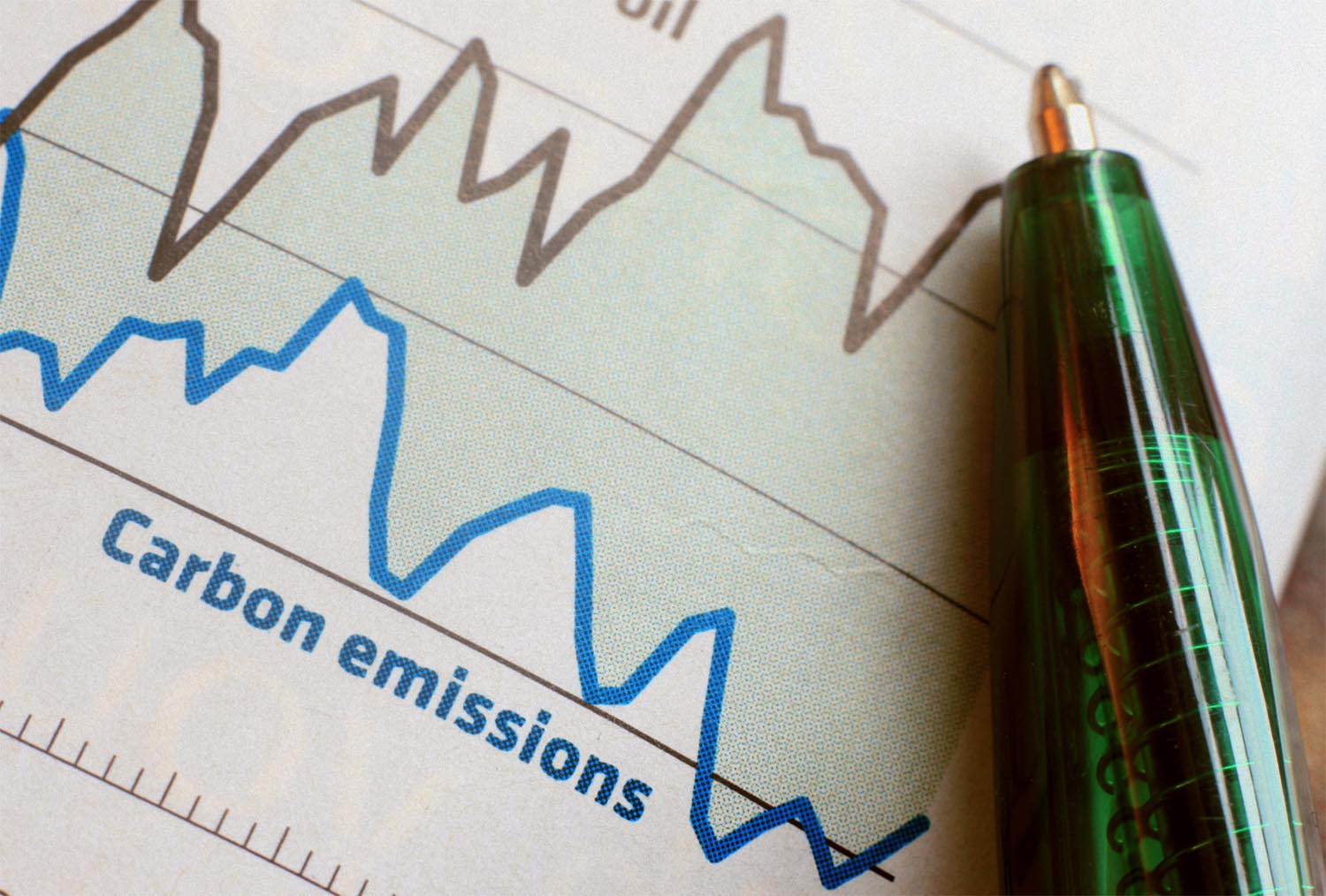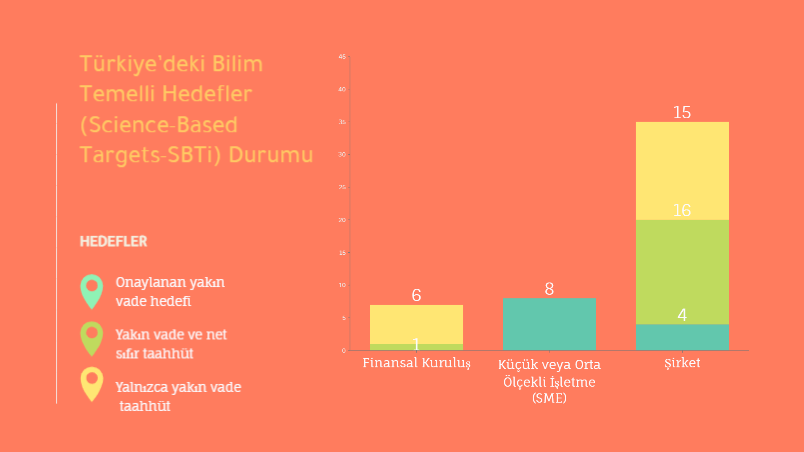Contents:
Toggle- Greenhouse gas (GHG) emissions are a key contributor to global climate change. Many organizations are now taking steps to measure and reduce their carbon footprint in order to reduce their impact on the environment. To do this effectively, it’s important to understand the different types of GHG emissions, which are often categorized into three different scopes: Scope 1, Scope 2, and Scope 3.
- Scope 1 Emissions
- Scope 2 Emissions
- Scope 3 Emissions
- Why is it important to understand Scope 1, Scope 2, and Scope 3 emissions?
Greenhouse gas (GHG) emissions are a key contributor to global climate change. Many organizations are now taking steps to measure and reduce their carbon footprint in order to reduce their impact on the environment. To do this effectively, it’s important to understand the different types of GHG emissions, which are often categorized into three different scopes: Scope 1, Scope 2, and Scope 3.
Scope 1 Emissions
Scope 1 emissions are direct GHG emissions that come from sources that are owned or controlled by the organization. This can include emissions from the combustion of fossil fuels, such as natural gas or gasoline, on-site or in company-owned vehicles, as well as emissions from certain types of manufacturing processes.
Examples of Scope 1 emissions include:
- Emissions from company-owned vehicles
- Emissions from company-owned boilers, furnaces, and other equipment
- Emissions from chemical processes that release GHGs
Because these emissions are directly tied to the organization’s operations, they are considered to be under the direct control of the organization.
Scope 2 Emissions
Scope 2 emissions are indirect GHG emissions that come from the generation of electricity, heat, or steam that is purchased by the organization. This can include emissions from the production of electricity by a power plant or the combustion of natural gas in a building’s heating system.
Examples of Scope 2 emissions include:
- Emissions from purchased electricity
- Emissions from purchased steam or heat
While these emissions are not directly controlled by the organization, they can still be reduced by choosing to purchase electricity from renewable sources or by increasing energy efficiency.
Scope 3 Emissions
Scope 3 emissions are indirect GHG emissions that are generated as a result of the organization’s activities, but are not under its direct control. This includes emissions from sources such as the production of raw materials, transportation of goods and services, and use of products or services.
Examples of Scope 3 emissions include:
- Emissions from the production of raw materials, such as steel or plastics
- Emissions from transportation of goods and services
- Emissions from the use of products, such as a customer using a company’s product in their home
Scope 3 emissions are often the largest source of GHG emissions for many organizations, but they are also the most challenging to address because they are outside of the organization’s direct control.
Why is it important to understand Scope 1, Scope 2, and Scope 3 emissions?
Understanding the different types of GHG emissions is important for several reasons. First, it allows organizations to identify the largest sources of emissions and prioritize actions to reduce them. For example, an organization with large Scope 3 emissions may choose to focus on reducing emissions from the transportation of goods or encouraging customers to use their products in more sustainable ways.
Second, understanding the different scopes of emissions can help organizations communicate their sustainability efforts to stakeholders. By reporting on all three scopes of emissions, organizations can provide a more comprehensive picture of their carbon footprint and demonstrate their commitment to reducing their impact on the environment.
Scope 1, Scope 2, and Scope 3 emissions are three different types of GHG emissions that organizations must consider when measuring and reducing their carbon footprint. While Scope 1 emissions are under the direct control of the organization, Scope 2 and Scope 3 emissions are more challenging to address because they are indirect or outside of the organization’s control. By understanding the different scopes of emissions, organizations can identify the largest sources of emissions and prioritize actions to reduce them, as well as communicate their sustainability efforts to stakeholders.





